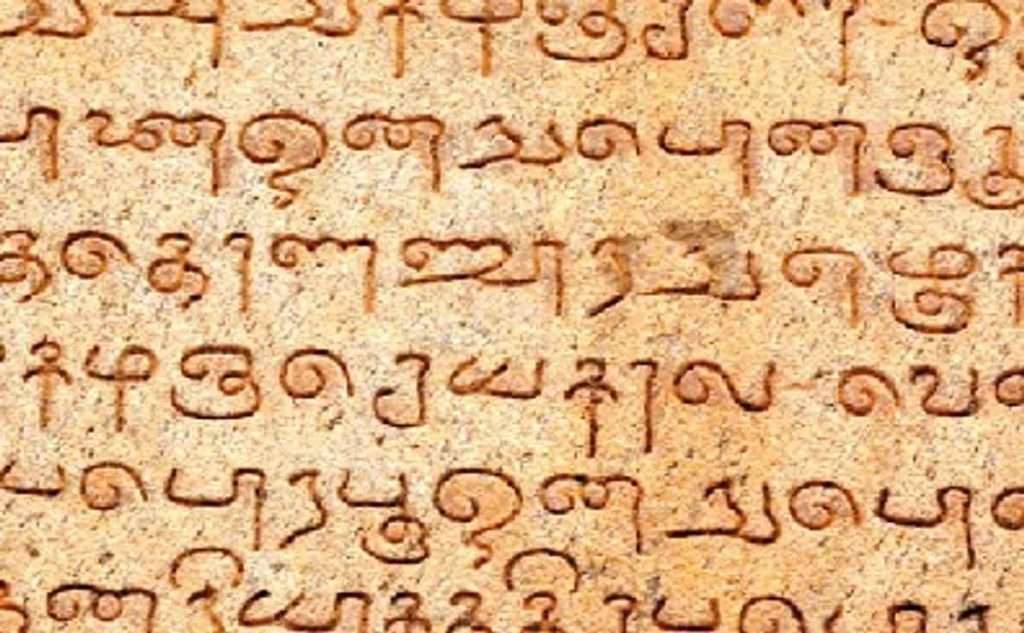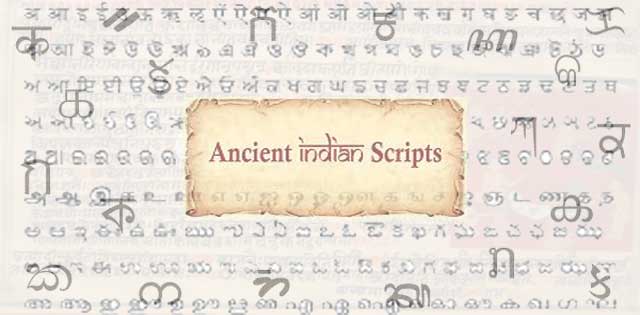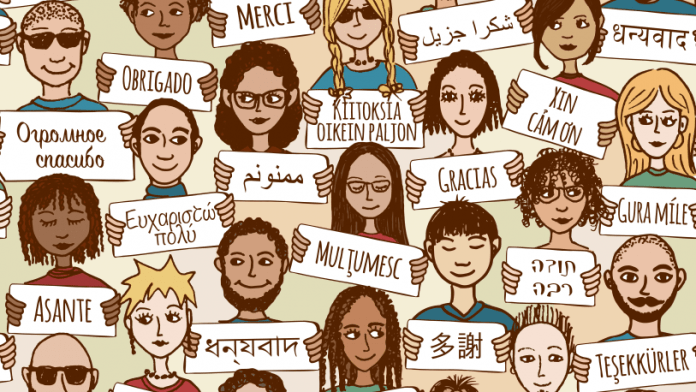On July 17, 2013, “The Hindu” published a news report saying that a professor of a certain branch of engineering, who works in IIT Madras, had devised a script called “Bharati”, which all languages of our country can use and in fact, should use. It is hoped that if that happens, it will facilitate interstate communication by dealing effectively with a major barrier to it, namely, the use of many languages in our country. As the report informed us, twenty-two languages are used as official languages at the level of the Union and the States, fifty-eight different languages are taught at school and there are 87 languages in which newspapers are published in our country. These, we might say, are “privileged” languages in some sense.
Many more languages are spoken in our country and quite a few of these are endangered, and many of these have no script. We are a multilingual country, as all countries are. Our multilingualism is a fact of life and it should be considered unalterable. Under the circumstances, a single script for our languages would, one might think, facilitate communication, to agreat extent, among people using different languages in our country.But what can be that script? Could it be one of the scripts already been in use, say, the Odia script or the Devanagari script or the Tamil script? Oh no! That will never have general acceptance. The reason is obvious. If, for example, the Odia script is chosen, then the non-Odias would say that this gives the Odias an unfair advantage. So, a script has to be designed – a common script for all the Indian languages. That might be the motivation behind devising “Bharati”. Now, this piece is not so much about this system as about the issues concerning a common script; “Bharati” provides the context for this discussion.

In this connection, it may be noted that transliteration systems for some of the scheduled languages is already available; thus,one can read material written in Odia or Telugu, in, say, the Devanagari script. One could also, I am told, read the material written in any of our major languages in the Romanscript. There are extremely useful systems but these cannot solve the problem of language barrier to communication in our country. Will a Kashmiri speaker understand the material written in Odia or Marathi if the same are made available to him in the Devnagari or the Perso-Arabic script or in some common script? Will a Tamil speaker today understand the Tamil of the classical phase, if he sees it written in today’s Tamil script? Are the above a script problem? The answer is a clear “no”.
The matter may appear to be different in cases of languages such as Bengali and Odia, for example. An Odia speaker of the border areas understands Bengali but he cannot read things written in that language if he does not know the Bengali script. The script is a barrier. All he needs is to learn the script, if the text is unavailable to him in the Odia script. Now, is there a role for a common script like “Bharati” here? Not really, one might say, since the transliteration technology is already available. If some languages are outside the scope of that technology as of now, then that technology can be extended appropriately so as to deal with the matter. Therefore, one might argue, there is no need to develop a new technology.At the same time, discouraging the development of alternative technologies for the purpose would not be desirable. It would help the user if he (/she/they) can be given alternative, competing technological products. He would make his choice. This apart, competition encourages inventiveness.
Now, in what situation can the common script help? A Hindi speaker would feel miserable if he comes to a city of a non-Hindi speaking state, where the signboards, street names, bus destinations and the like are written in the local language script. A Tamil or Kannada speaker will have the same experience in a Hindi-speaking state if the same situation prevails there (it mostly does, if it is not a state capital). If in addition, the same are written in a common script, it would certainly help, but how many people would this really help? Would this be cost effective? Let us concede for the sake of argument that it would be.

Now the question of the choice of the script arises in a different way from what was mentioned earlier. Let us think there are two candidates for this at the moment: the Roman script and “Bharati”. Now, English is no more a language that is restricted to a handful of people in our country. We cannot fail to note that there is a growing demand for English in our country. There is a proposal to introduce English early at the school level. So, people are going to learn the Roman script anyway. Then why not choose this script as the common script? Why learn another and increase the learning load? True, the Roman script has to include diacritic and other markers to represent the sounds of our languages, and that would make it really cumbersome. But for the limited functional purpose – as mentioned above – that the Roman script has to serve, there is no need for all this. For the intended purpose, if the Odia place name olasuni is spelt this way rather than the phonetically correct way (“l” is a retroflex and the second vowel is long, etc.), there is just no problem. But the real problem is that for the vast majority of the people of our country there is an emotional disconnect with the Roman script. This has to be respected because a meaningful life is not lived in terms of rationality alone.
Now, suppose a common script is imposed today on the languages in our country and their speakers. In one generation or two, the language users would find that they have no access to the literary and the knowledge texts produced in their respective languages earlier; in other words, they would lose their cultural roots in a big way. Unless of course all the texts are produced in their transliterated form. Is this a cost- effective proposition? This apart, would a Sikh accept that Guru Granth Saheb be written in a common script, say, Roman script or “Bharati”? I am sceptical that he would. The relationship between a language and a script is often emotional, a point that the linguist Shreesh Chaudhury of IIT Madras, has made in his own interesting style, as he gave his observations on “Bharati” to “The Hindu”.
What we need in order to improve communication at the level of day-to-day life in our country, in our view, is not a common script, but a link language, that is accepted and used all over the country, and also translation of material from one Indian language to another.
A new script like “Bharati” is welcome for a different reason. There are a number of languages in our country without a script. These are the languages that are the most endangered. When people speak a language that has no script, they are hugely disadvantaged in obvious ways. Their children have a serious problem in the school classroom from the very beginning and are very often dropouts from school and they fail to take advantage of economic opportunities that their counterparts who speak a language with a script enjoy. Script contributes to the awareness of a speech community of its history. One can hardly contest that the languages that have no script need a script urgently. Because there is no problem of emotional attachment to a particular script, there might not be any problem for speakers of many such languages under reference here, to accept “Bharati”. Script for languages without a script is the more urgent problem; the issue of a common script can be addressed later. A script empowers the language concerned and its speakers, both.
(The views expressed are the writer’s own)

Prof. B.N.Patnaik
Retd. Professor of Linguistics and English, IIT Kanpur
Email: [email protected]
(Images from the net)

